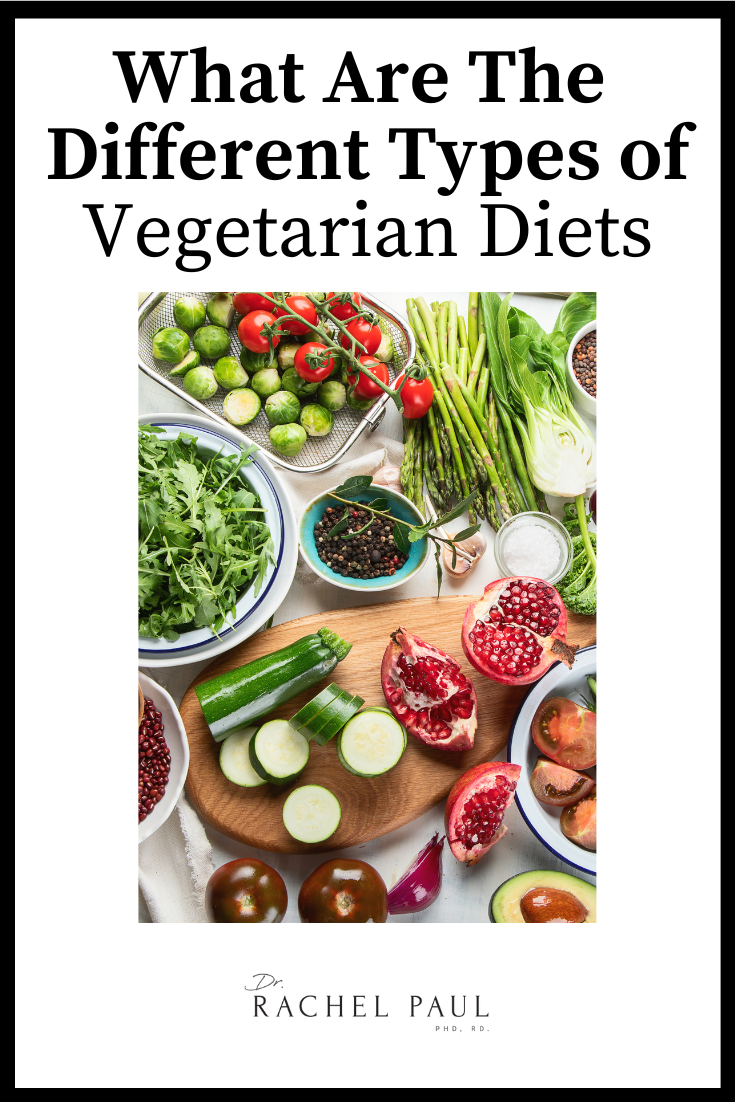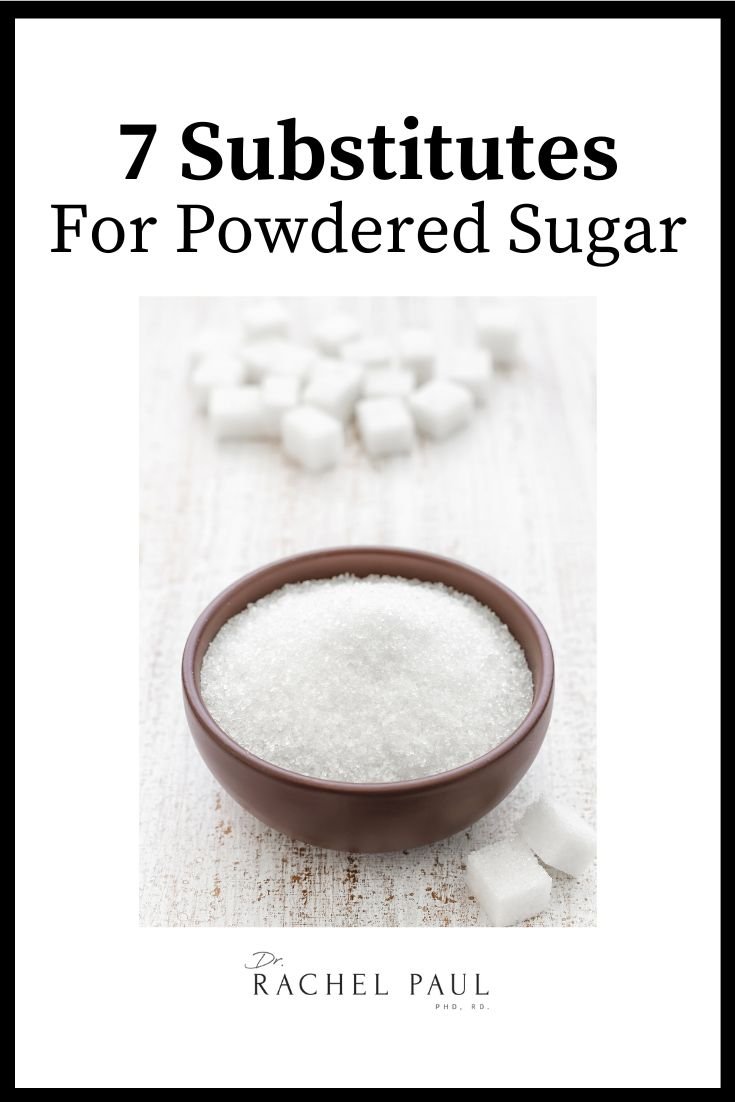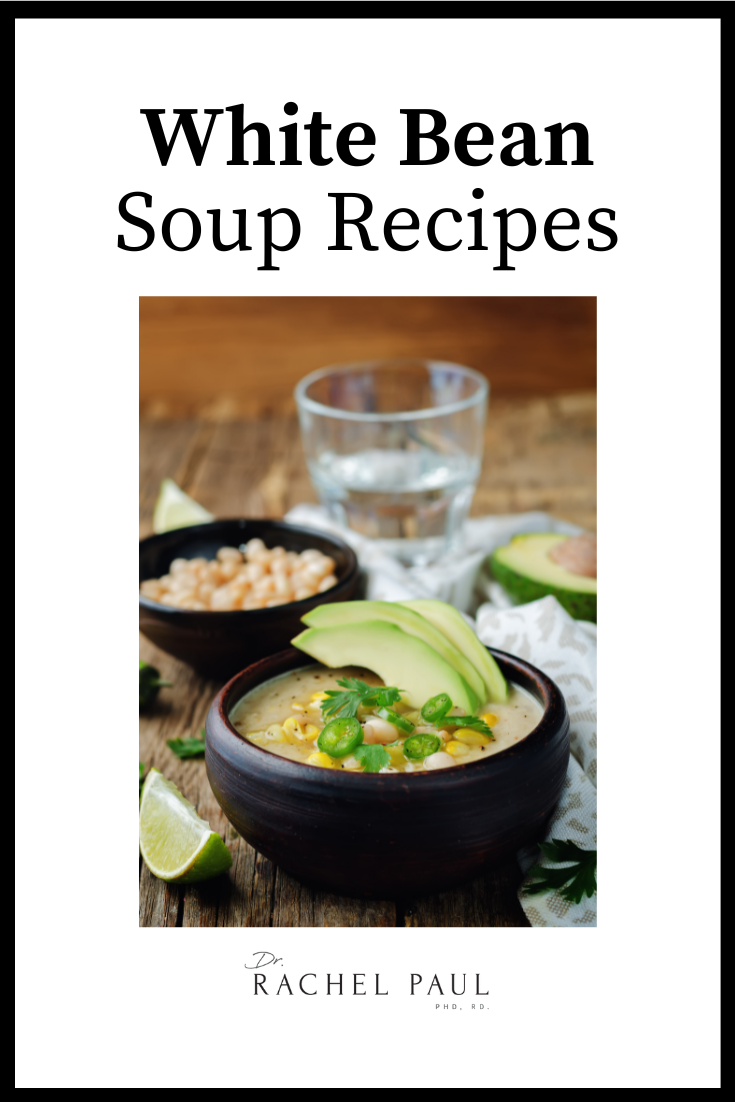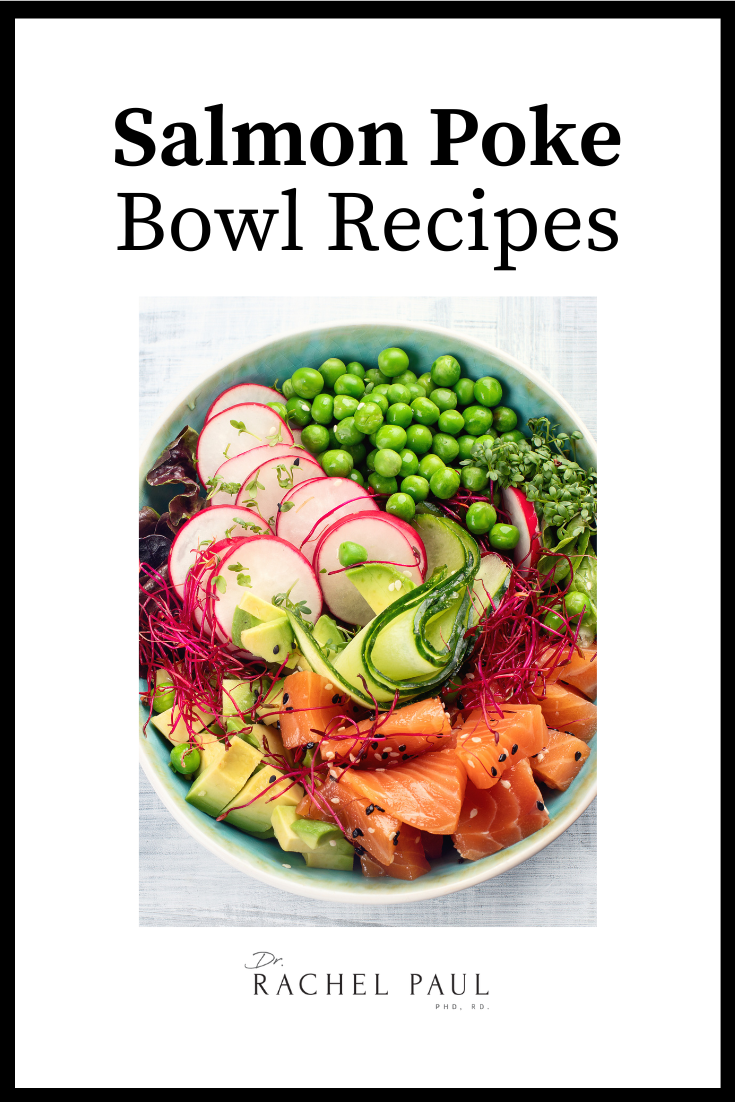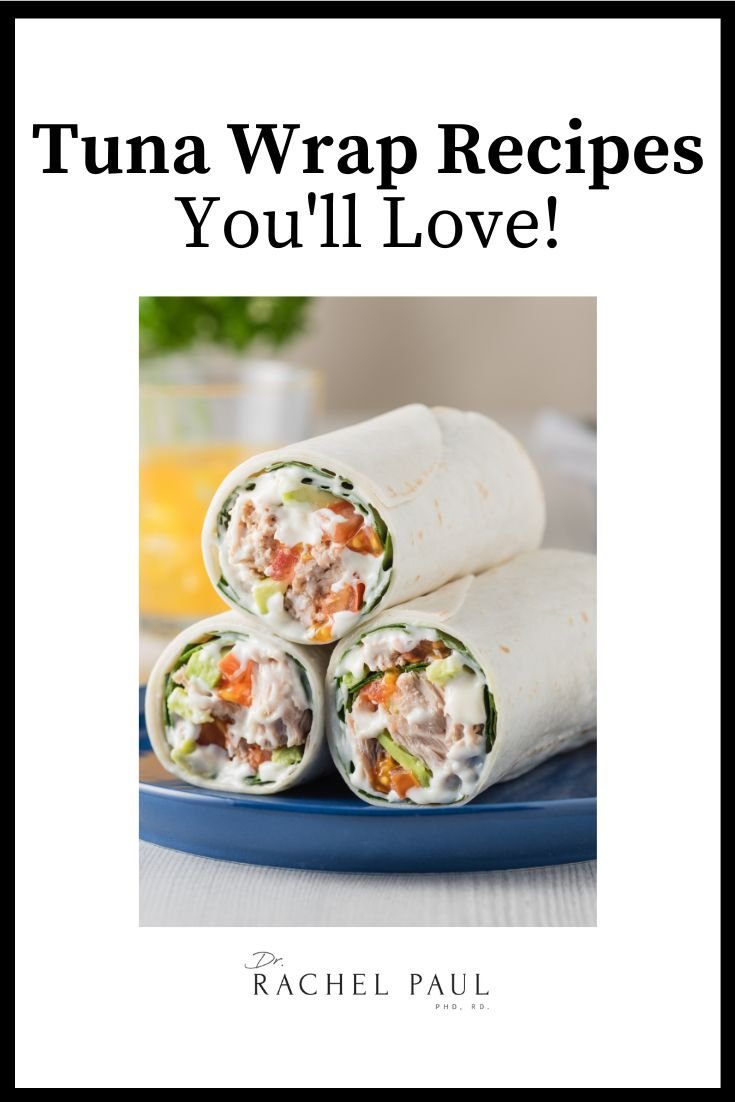A vegetarian diet is a diet in which you don’t eat meat, and in some variations of it, other animal products as well.
It primarily excludes meat, poultry, and fish, but in some instances, it also excludes eggs and dairy products. However, different types have different variations of this. We’ll get to that in a bit.
There are health benefits to following a vegetarian diet. The biggest one is that it emphasizes vegetable and fruit consumption, which is important. Another benefit is avoiding unwanted substances, like antibiotics, which can be found in meat. It’s also known to reduce the risk of type 2 diabetes and cardiovascular disease.
Vegetarian diets are continuing to rise in popularity, which is probably the reason why there are multiple versions of them, as people are adapting them to their preferences.
As far as the reasons go for going on a vegetarian diet, there are a few different reasons people decide to go that route. Some do it for health reasons, some for the environment, some for animals, and some for a mix of those reasons.
As mentioned, there are different variations and types of vegetarian diets, so in this post, I’ll share them, along with an explanation of what each of those entails, which can help you with choosing a vegetarian diet that’s best for you, if you’re thinking about going vegetarian.
What Are The Different Types Of Vegetarian Diets
How Many Types Of Vegetarian Diets Are There
There are 6 main types of vegetarian diets:
-
Lacto-ovo vegetarian diet
-
Ovo-vegetarian diet
-
Lacto-vegetarian diet
-
Pescatarian diet
-
Vegan diet
-
Flexitarian diet.
The main difference between all of them is which animal products they allow, and which they don’t.
Overall, mostly none of them allow meat and poultry. As far as eggs, fish, and dairy products go, that’s where the biggest differences are. Some allow some of those, some don’t allow any, and we have different variations.
So, let’s look into each one of those.
Lacto-ovo vegetarian diet
This is the first type of vegetarian diet I listed because it’s the most well-known and the most standard type of vegetarian diet. When people say they’re on a vegetarian diet, they usually mean this type, and lots of people only know this type exists.
So, what’s the lacto-ovo vegetarian diet? It’s a diet where you don’t eat meat, poultry, or fish, but eat eggs and dairy products – milk, cheese, yogurt, etc. (as well as all plant-based foods, of course).
The name suggests that as well. The prefix ‘lacto’ refers to cow’s milk, because of the Latin word ‘lac’ which means milk. The prefix ‘ovo’ refers to eggs, because of the Latin word ‘ovum’ which means eggs.
Ovo-vegetarian diet
After hearing the name explanation for the previous type, you can probably guess what the ovo-vegetarian diet is. Ovo-vegetarian diet is a diet where you don’t eat meat, poultry, fish, or dairy products (animal milk, cheese, etc.), but you do eat eggs and plant-based foods.
Essentially, the only difference between this and the “regular” vegetarian diet, is that you also can’t eat any dairy products – milk, cheese, yogurt, sour cream, ice cream, etc.
Lacto-vegetarian diet
The third type of vegetarian diet we’ll explain is the lacto-vegetarian diet. The lacto-vegetarian diet, as the name suggests, excludes meat, poultry, dish, and eggs, but allows dairy products and plant-based foods.
With this diet, you can’t eat eggs in any form, by themselves or in dishes, but you can eat all types of dairy products – milk, cheese, yogurt, cream, etc.
Pescatarian diet
‘Pesce’ is an Italian word for ‘fish’. So, you can probably guess what the pescatarian diet is – a vegetarian diet that allows you to eat fish and seafood, but doesn’t allow you to eat meat like chicken, beef, pork, turkey, etc., or poultry.
Now, as far as eggs and dairy go, that’s a matter of preference for the pescatarian diet. Some choose to exclude eggs and dairy, but others do eat them. Both versions are considered the pescatarian diet.
The reason why the pescatarian diet is popular is that eating fish has many health benefits, with the main one being the high amount of omega 3-fatty acids it contains.
Vegan diet
The vegan diet is the typical plant-based diet, which only allows plant-based foods to be consumed. With the vegan diet, you can’t eat meat, poultry, fish, eggs, dairy products, or any other animal products such as honey.
It’s probably the most popular diet from this list, apart from the “typical” vegetarian diet which is the lacto-ovo diet.
People choose to go vegan for different reasons. For some, the reasons are connected to health. But for most of them, it’s ethics. They want to save animals and the environment, so they choose not to eat anything animal-based.
Veganism can also extend to non-food parts of a person’s life. For example, vegans might also choose not to use makeup products that were tested on animals, or buy real leather. Anything that causes animals any harm.
Flexitarian diet
The final type of vegetarian diet we’ll cover in this post, is the flexitarian diet. That is the most flexible type. Basically, the flexitarian diet is mostly a plant-based diet, but it allows all animal products (meat, fish, eggs, dairy, etc.) from time to time.
It was created to allow some flexibility.
Some people don’t consider this to be a type of veterinarian diet as it does allow meat and poultry to a certain extent.
